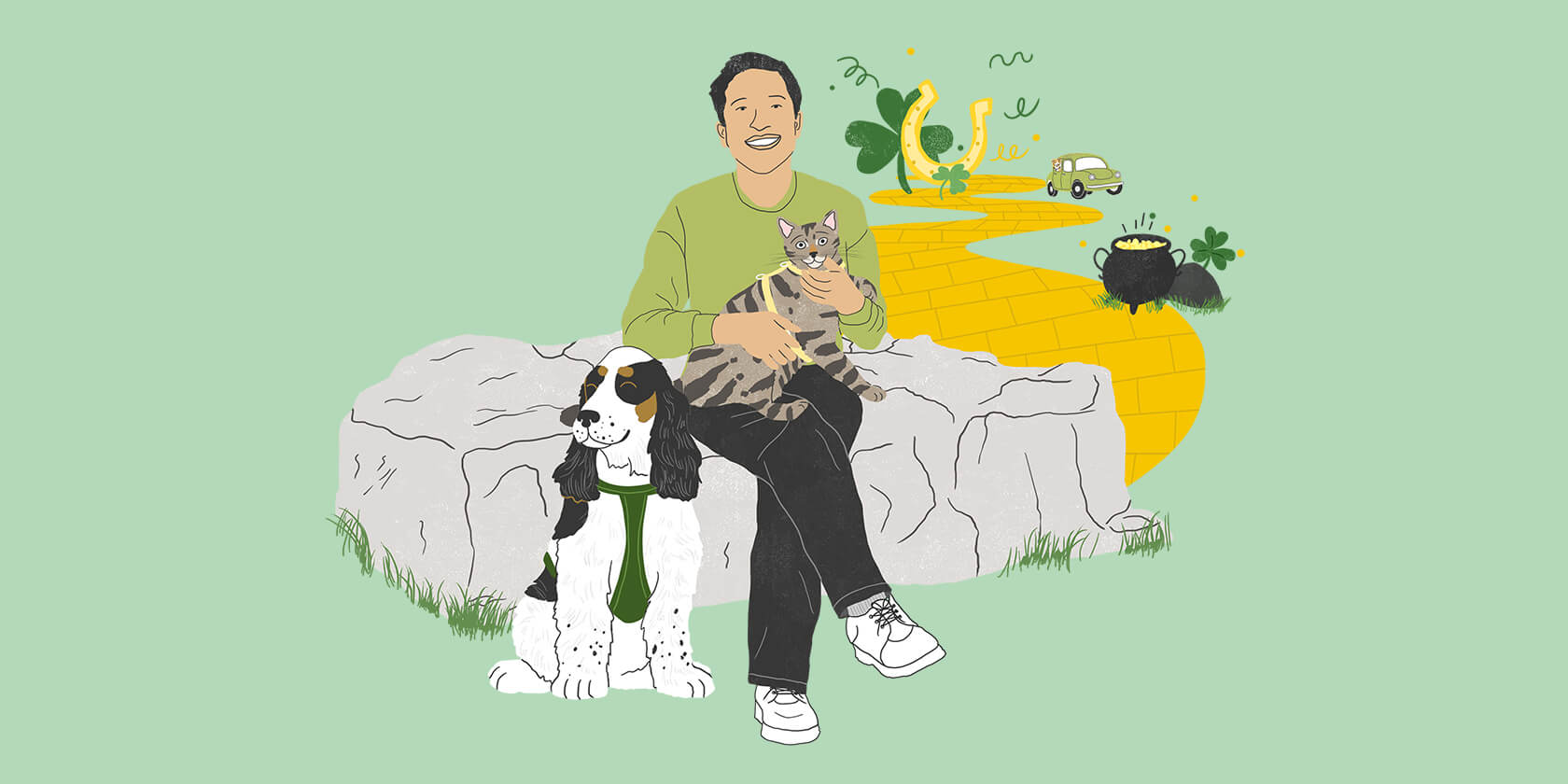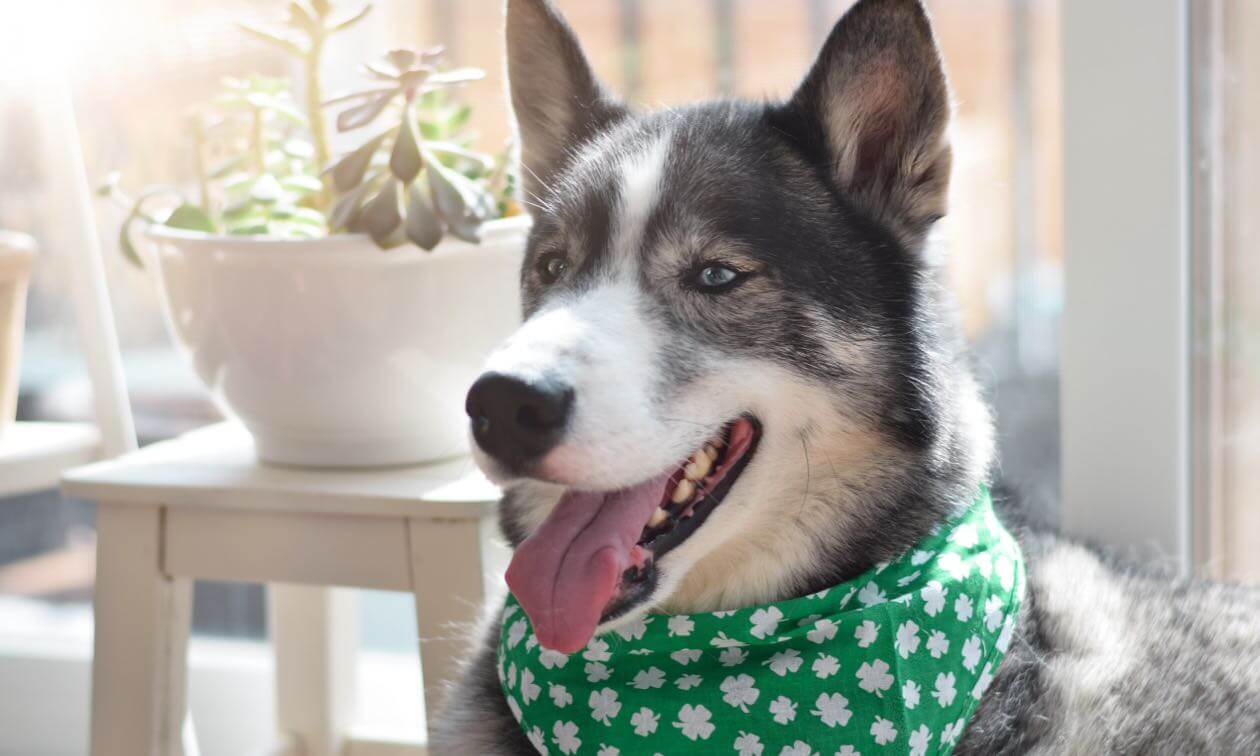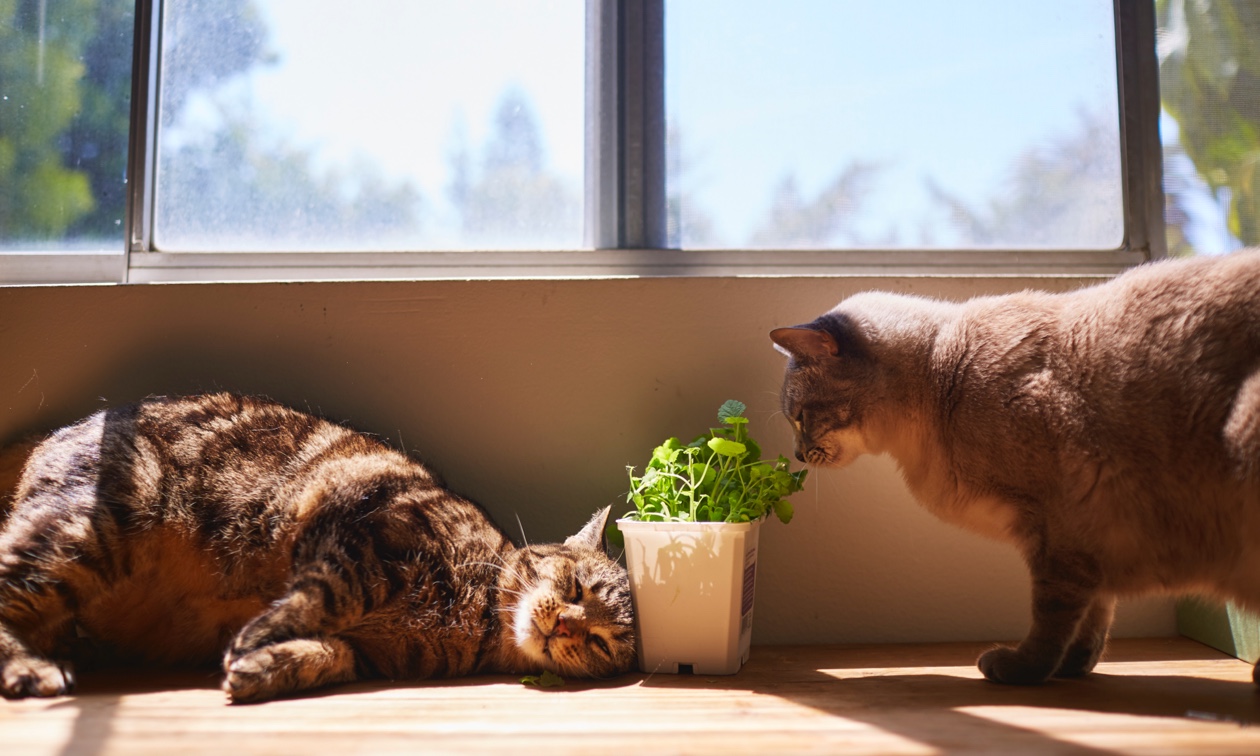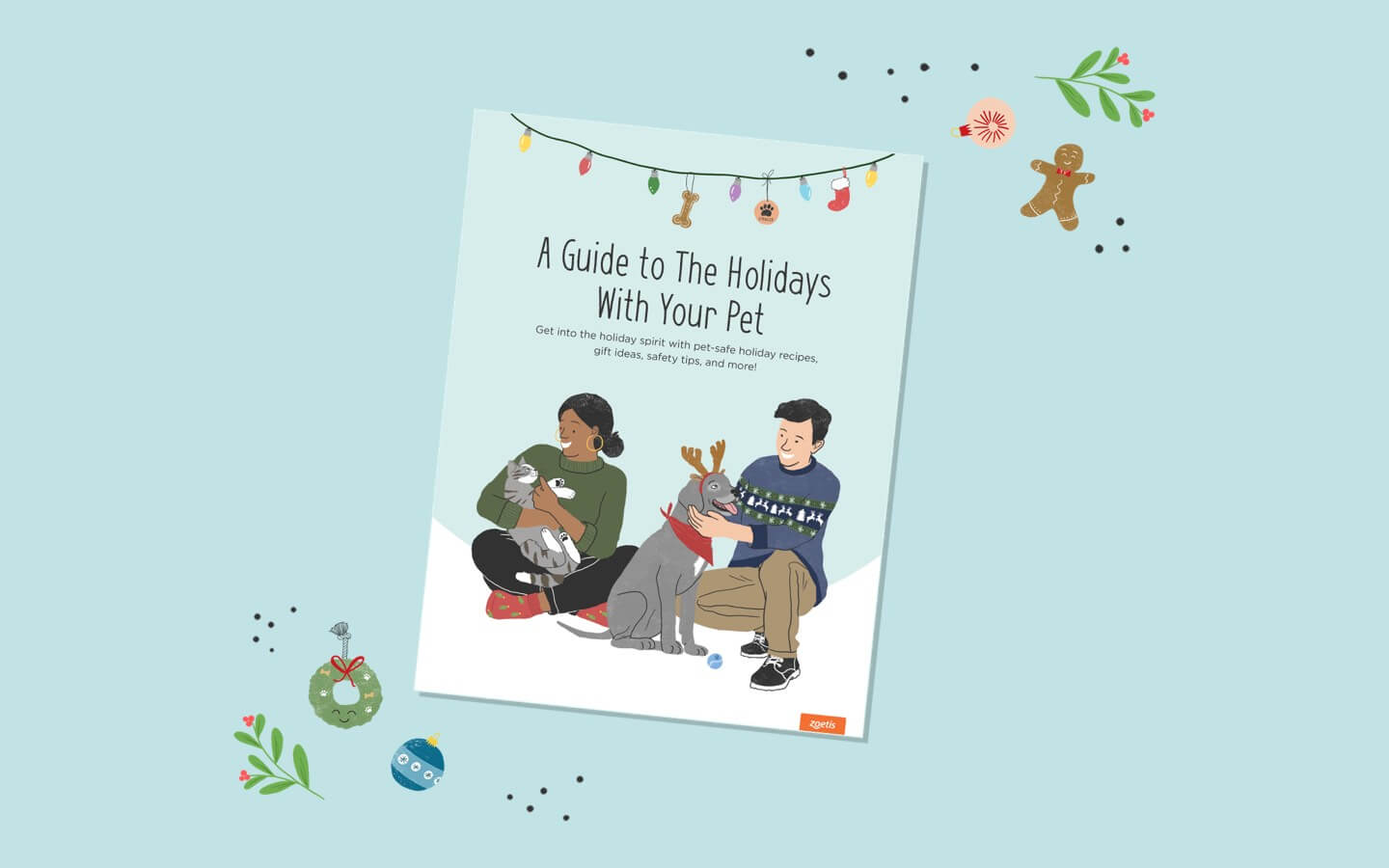St. Patrick’s Day is full of fun and festivities. We love the traditions like beer, Irish soda bread, corned beef and cabbage, and shamrocks. Do you know which St. Patty’s Day treats can be dangerous for your dog or cat?

Beer
Many people love a cold (and maybe even green) beer on St. Patrick’s Day, but alcohol is not meant for pets. The tiniest amount can be toxic because their livers can’t handle it. Drooling, vomiting or retching, diarrhea, weakness, incoordination, and trouble breathing are signs of alcohol ingestion. But just because you have pets doesn’t mean you can’t enjoy a beer. Be sure to:
- Clean up any spills right away.
- Never leave containers unattended.
- Use covered spill-proof glasses.
- Keep glasses or bottles off the floor.
- Use high tables your pets can’t easily reach.
If you’re having people over, confine pets to a safe room without alcohol. Make it fun by giving them a special toy or food puzzle to keep them entertained. If your pets will be roaming the party, make sure guests know to keep control of their beverages.
Contact your veterinarian or a local emergency animal hospital immediately if you suspect your pet may have gotten into alcohol.
Irish Soda Bread
Believe it or not, this traditional food is hazardous to pets. Why? The yeast in the raw dough ferments in the stomach and produces alcohol. When absorbed by the bloodstream, it’s toxic. Additionally, when the dough reaches the stomach, it expands due to the warm and moist environment leading to a bloated and distended stomach.
Whether you make your own bread or buy a pre-made loaf, you must keep it away from your pets. This bread also often contains raisins and currants, both of which are toxic. Ingestion can cause severe kidney damage and even kidney failure.
Corned Beef and Cabbage
Corned beef and cabbage are synonymous with St. Patrick’s Day. For people who overdo it, the worst consequence is usually a stomachache from overeating. But for our pets, the results are more dangerous. These foods are high in fat and salt, and high-fat foods can cause gastrointestinal upset such as vomiting, diarrhea, and even acute pancreatitis.
You can enjoy your special meal while protecting your pet by taking these precautions:
- Do not give your pet any scraps of these foods.
- Do not leave plates unattended.
- Be sure to cover all food on the counters.
- Place food out of reach before, during, and after the meal.
- Be sure to place all scraps in a secure trash can.
Shamrocks
Getting a shamrock plant for your home is certainly lucky, but you must keep your pets' safety in mind.
This plant is toxic to pets because it contains soluble calcium oxalates. If your dog or cat eats a shamrock, they may experience drooling, vomiting, diarrhea, decreased appetite, lethargy, and head shaking. In severe cases, low blood calcium and kidney failure are possible.
Luckily, shamrocks have a bitter taste that many dogs and cats don’t like. But don’t take any chances! Place it well out of your pet’s reach or in a protective container like a decorative birdcage or glass case. Better yet, go for an artificial version (though it’s still important to make sure your pet can’t reach it so they don’t ingest foreign material).
Parades, Crowds, and Parties
There is nothing like the excitement of St. Patrick’s Day parades and parties. These events also mean crowds of people and lots of noise. Even the most socialized pets can get overwhelmed by all of this.
Keep these tips in mind to help keep your pet safe and lower their stress:
- Leave Them at Home
The best thing to do for some pets is let them skip the parades and crowds. - Create a Quiet Space
If you expect a lot of noise, confine your pet to a quiet room with dim lighting and distractions such as a TV or radio. If they’re crate trained, you can confine them to a crate that is partially covered. Make it a positive experience with food puzzles or toys. - Keep Them Close
If you take your pet to a parade or other event, be sure you have a secure leash and harness with ID tags. - Set Ground Rules
If you’re having a party, make sure guests are mindful of doors, so pets don’t escape. They should also know the food and alcohol rules — none for your pets. - Talk to Your Veterinarian
For severe cases of stress, fear, or anxiety, speak to your veterinarian about supplements, medications, or pheromones that may help relax your pet.
Decorations
Many decorations look like toys and may seem fun for pets to play with. But there are risks, which include choking, getting tangled up in streamers or lights, being shocked by chewing on cords, and intestinal obstruction if they ingest decorations.
Use pet-safer decorations. Avoid things that can easily be chewed, swallowed, or cause your pet to choke. Stringy decorations are often very enticing to cats. Watch for decorations that look too much like your pet’s toys and avoid them. You might even consider sticking to high wall and ceiling decorations. Make sure they’re well-secured so they won’t fall. Most importantly, don’t leave your pets unattended in a room full of decorations.
Make this holiday a lucky one for you and your pets by following these St. Patrick’s Day safety tips.
ZPC-01712





